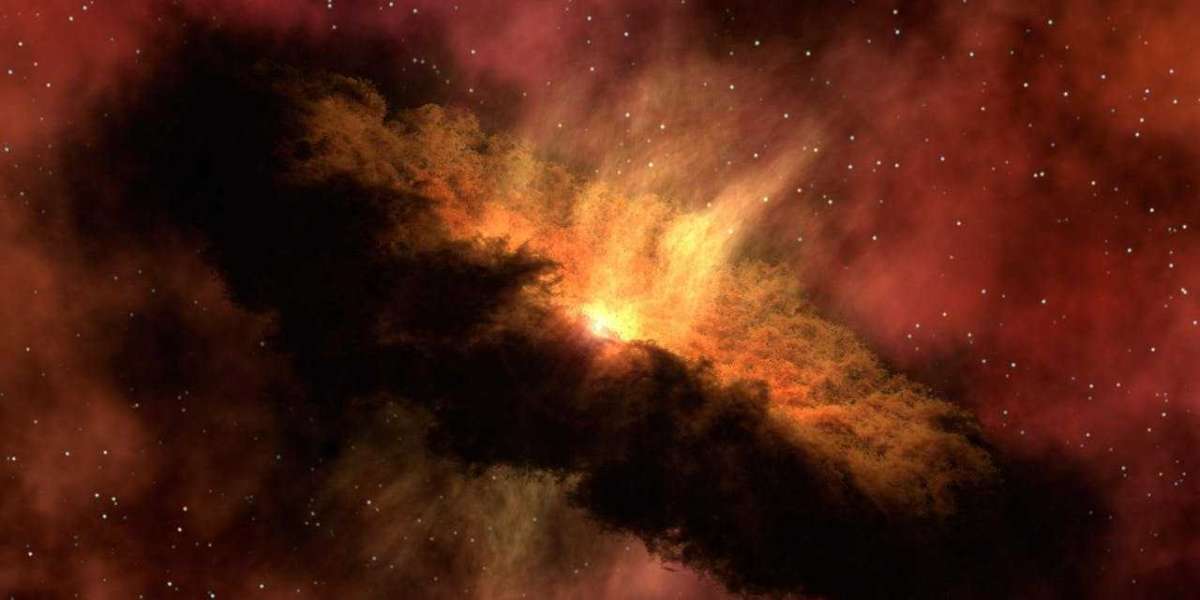Astrophysics is a branch of science that explores the universe beyond Earth's atmosphere. It seeks to understand the fundamental workings of stars, planets, galaxies, and the vast emptiness of space. This field combines principles from physics and astronomy to answer some of the most profound questions about the nature of the cosmos. In this article, we’ll explore the basics of astrophysics, its key concepts, and its significance in advancing our understanding of the universe.
Welcome to the astror_ak86 Explore with me the beauty of the universe.
The Basics of Astrophysics
Astrophysics is rooted in the principles of physics, which is the study of matter, energy, and the forces that govern them. By applying these principles to celestial bodies, astrophysicists can analyze and predict the behaviour of objects in space. This includes studying the life cycles of stars, the formation of galaxies, and the interactions between various cosmic entities.
One of the most fundamental concepts in astrophysics is gravity. Gravity is the force that attracts objects with mass toward one another. It’s responsible for the orbits of planets around stars, the formation of galaxies, and even the behaviour of light in the presence of massive objects. Understanding gravity is essential to understanding how the universe is structured and how it evolves.
The Life Cycle of Stars
Stars are the building blocks of the universe. They are massive spheres of hydrogen and helium gas that generate energy through nuclear fusion. This process occurs in the star's core, where immense pressure and temperature cause hydrogen atoms to fuse into helium, releasing a tremendous amount of energy in the form of light and heat.
The life cycle of a star begins in a cloud of gas and dust known as a nebula. Over time, gravity pulls the material in the nebula together, forming a protostar. As the protostar continues to collapse, it heats up until nuclear fusion ignites in its core, giving birth to a new star.
Stars spend the majority of their lives in a stable phase known as the main sequence. During this time, they continuously fuse hydrogen into helium, producing energy that balances the gravitational pull inward. However, this balance cannot last forever. When a star exhausts its hydrogen fuel, it enters the next phase of its life cycle.
Black Holes: The Ultimate Enigma
Black holes are among the most fascinating and enigmatic objects in astrophysics. They are regions of space where gravity is so strong that nothing, not even light, can escape their pull. Black holes are formed when massive stars collapse under their gravity at the end of their life cycles.
The boundary surrounding a black hole is known as the event horizon. Once something crosses this boundary, it is inevitably drawn into the black hole and lost to the outside universe. The point at the very centre of a black hole, where gravity is infinitely strong, is called a singularity.
Despite their fearsome reputation, black holes play an essential role in the cosmos. They can influence the formation of galaxies, regulate the growth of stars, and even emit powerful jets of energy that can be detected across vast distances. Studying black holes can provide valuable insights into the nature of gravity, space, and time.








